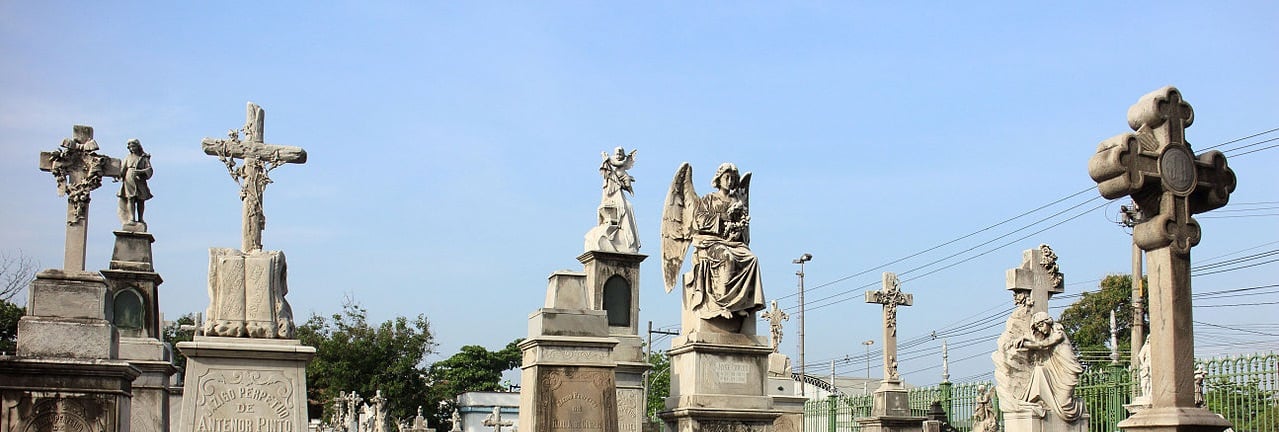From the top of the green railing, the boy tries to see the other world. Behind him, an adult also observes the side — and to do so he climbs onto the bus stop. From the floor, a woman with sad eyes does the same, stretching out completely so that the view can reach the pain.
I don’t see the crying. But I know it is there, printed on the three faces, tears that the masks cannot contain and are not able to hide. And they are not the only ones: a few meters away and also on the sidewalk, another group does the same thing, a family on tiptoe to give God theirs.
In 2020, Avenida Carlos Luz became the saddest in Belo Horizonte. The road, which leads to Pampulha and always has heavy traffic, in that section makes a gentle curve. On the left side are the hills; from right the dead, a kilometer of greenish railings in what looks like a park, but is a necropolis. It is the Peace Cemetery, one of the largest in the city and where 250 thousand people are buried.
If before no one alive wanted to cross the portal of the dead, now many find themselves faced with large locks, a guard at the door and a note informing them that entry is not permitted. Only for those closest to us, half a dozen living beings who carry unveiled love on their return to the ground. Crossing accompanied from a distance and on tiptoe.
There is no crowd, just sadness; There are no hugs, just nods. The boy remains at the top of the railing until, fifty meters away, the coffin disappears, swallowed by the earth. Inside, one of the gravediggers takes a shovel, while outside the woman turns to the man, who says something. I can’t hear it from the car.
Horns. The light changed and I didn’t even see it, distracted by the wake in the middle of the road. I speed up thinking about what Bonfim must be like, a cemetery nearby. There are no bars there, but walls of almost two meters. The grass of the cemetery-park gives way to art deco mausoleums, graves in symmetrical blocks and as planned as the city of the living.
Opened before Belo Horizonte, the necropolis has been there for generations — the view from there, with the Serra do Curral and the downtown skyscrapers, is impressive. It’s no surprise that Bonfim has become a postcard, complete with a guided tour of famous people resting. Simulacrum of Père-Lachaise, from Recoleta.
In less than ten minutes I’m there, the second cemetery on the route home. With the walls as a barrier, no one tries to see the dead around Bonfim. Just from the parking lot, where four people watch a small procession that goes along the main street. The mourner crosses the white portico, a structure that has three crosses, two on the sides, large and hollow, and one at the top, smaller.
I can’t read it from inside the car, but I know that on the portico there is an inscription: Moritvri Mortivis From those who will die, to the dead. The last greeting of the living is a reminder of the common destiny of us all. To death, eternal companion of life, forever and ever, amen.
With so few attending the end, the inscription in Latin is the greatest tribute to the living. Dark are the times when even mourning has changed. And he’s on his toes.
Sign up for our newsletter

Sign up for our newsletter and stay up to date with exclusive news
that can transform your routine!
Warning: Undefined array key "title" in /home/storelat/public_html/wp-content/plugins/link-whisper-premium/templates/frontend/related-posts.php on line 12
Warning: Undefined array key "title_tag" in /home/storelat/public_html/wp-content/plugins/link-whisper-premium/templates/frontend/related-posts.php on line 13




